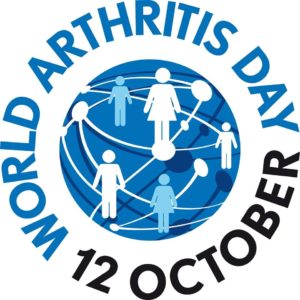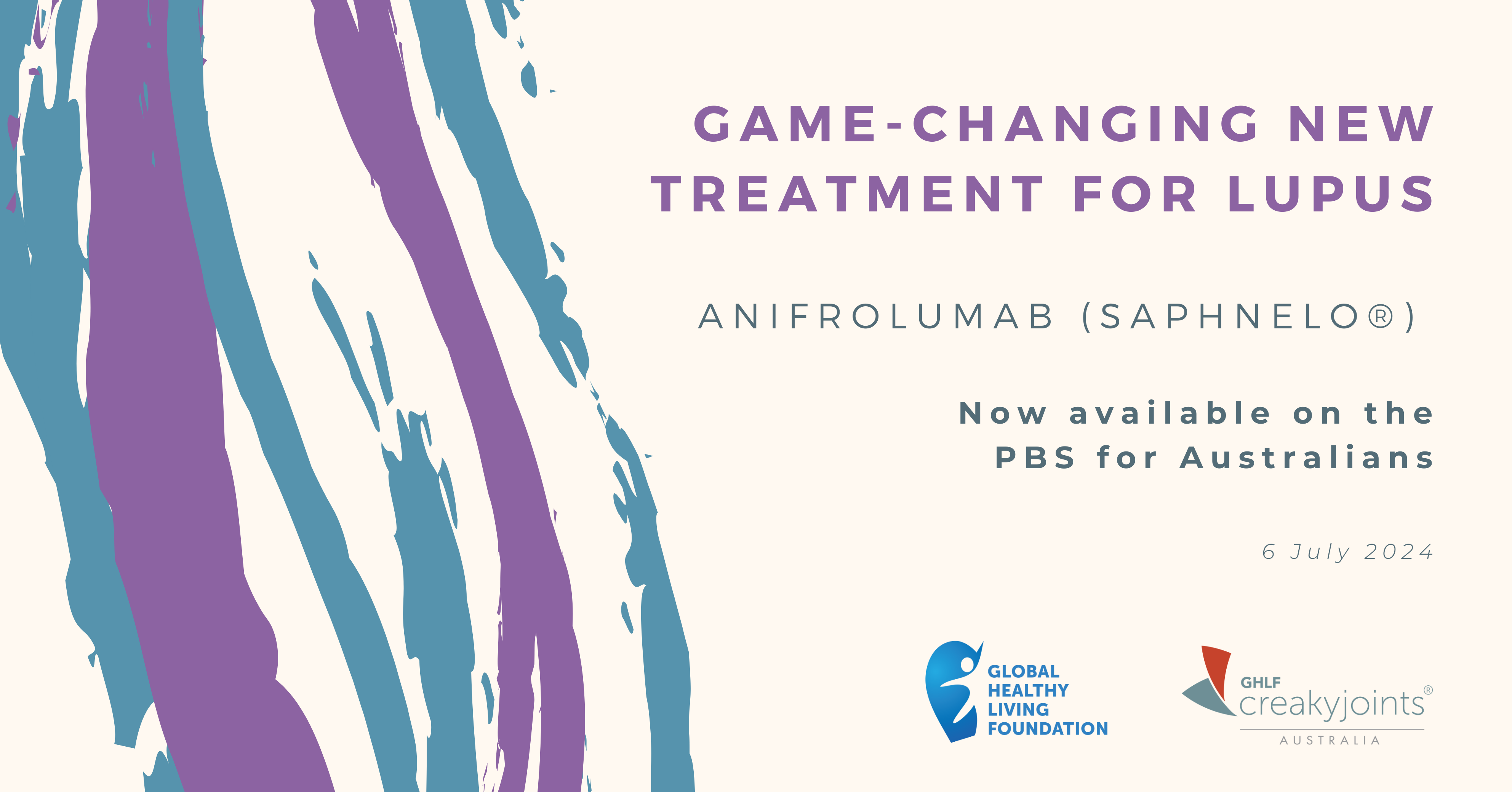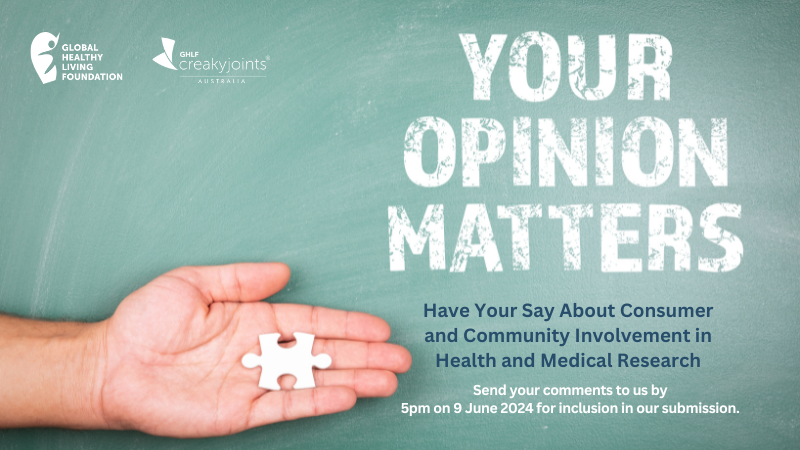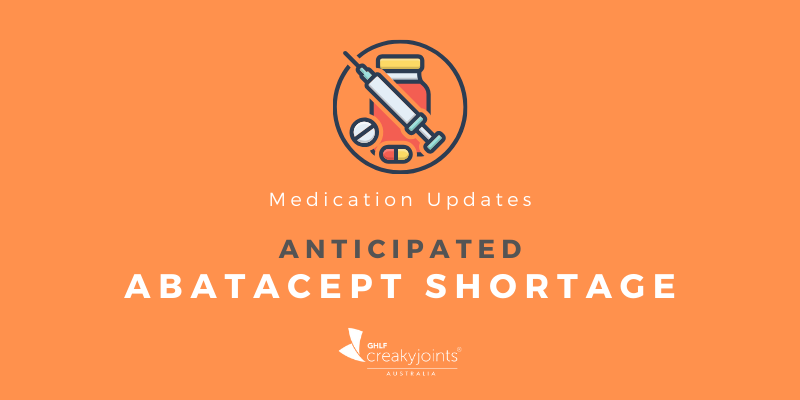

October 12 is World Arthritis Day. The aim of the day is to shatter some of the many misconceptions about arthritis and to raise awareness of how it affects people every day.
What People With Arthritis Want Others to Know
There is more than one type of arthritis
Although osteoarthritis is the most common form of arthritis, it is not the only one. In fact, there are over 100 different forms including rheumatoid arthritis, gout, ankylosing spondylitis and more. They have different causes, symptoms and treatments.
Some can affect the whole body
Osteoarthritis is sometimes called ‘wear and tear’ arthritis as progressive erosion gradually damages the joints. While this can be very painful, it is confined to the affected joint area.
Many other forms of arthritis are caused by a dysfunctional immune system attacking otherwise healthy cells in the body. These are classified as autoimmune or inflammatory arthritis and can affect many parts of the body, such as the lungs, heart and eyes. Examples of these include rheumatoid arthritis, ankylosing spondylitis and psoriatic arthritis.
Arthritis doesn’t discriminate.
Arthritis is not just for old people. It affects at least 6,000 Australian children and two million people of working age (15 to 64 years). It doesn’t care about gender or race either. (Although some forms of arthritis can be more common in certain demographics.)*
There is no “one size fits all” treatment
There is no one specific cause of arthritis. Contributing factors can include genetics, environment and infections. It can also range in severity from mild and localised to severe and disabling. Therefore, it is impossible to say that any single treatment can “cure” arthritis.
We all respond to treatments differently, so what works for some might not work for others. Many people with arthritis use a combination of medical and complementary treatments worked out through a process of trial and error.
There is no cure, but it can be managed
Having arthritis is not the end of the world. We can still lead full and happy lives, although we may need to adapt our lifestyles, which can be challenging. Chronic arthritis pain can be exhausting, so many people need to rest frequently or find less taxing ways of doing things.
Arthritis activity can also vary in intensity. Strong periods of activity (known as flares) can come and go throughout the day or last for months. Therefore, we can have “good” days and “bad” days. These can be difficult to predict, though people sometimes recognise triggers such as weather conditions or periods of high stress.
Early diagnosis and appropriate treatment can limit disease progression. In some cases, treatment can help people go into remission. There are also many types of allied health professionals that can help make arthritis more manageable, such as physiotherapists, clinical psychologists and dieticians.
Our conditions are real
Many forms of arthritis are not obviously visible. Therefore, we can be in a lot of pain but still walking around looking like everyone else. This can lead to a lot of stigma and discrimination with people accused of being lazy or “faking it”.
Nobody chooses to have arthritis. We want to be active and to work and to function independently. We haven’t given up on life.
What we need is support and understanding from those around us. Please don’t presume you know how we feel or what we need. Just ask us how we are going and be willing to listen to what we say.
Keep Reading
CreakyJoints Australia has a wealth of information about arthritis and great tips for dealing with it. We suggest you check out the pages below and register for our free membership to receive our regular enewsletter and more.
- Choosing Your Healthcare Team
- Employment With a Disability
- Government Support for People With Chronic Illness
- Health and Community Services for People With Chronic Health Issues
- Articles on Living With Arthritis




